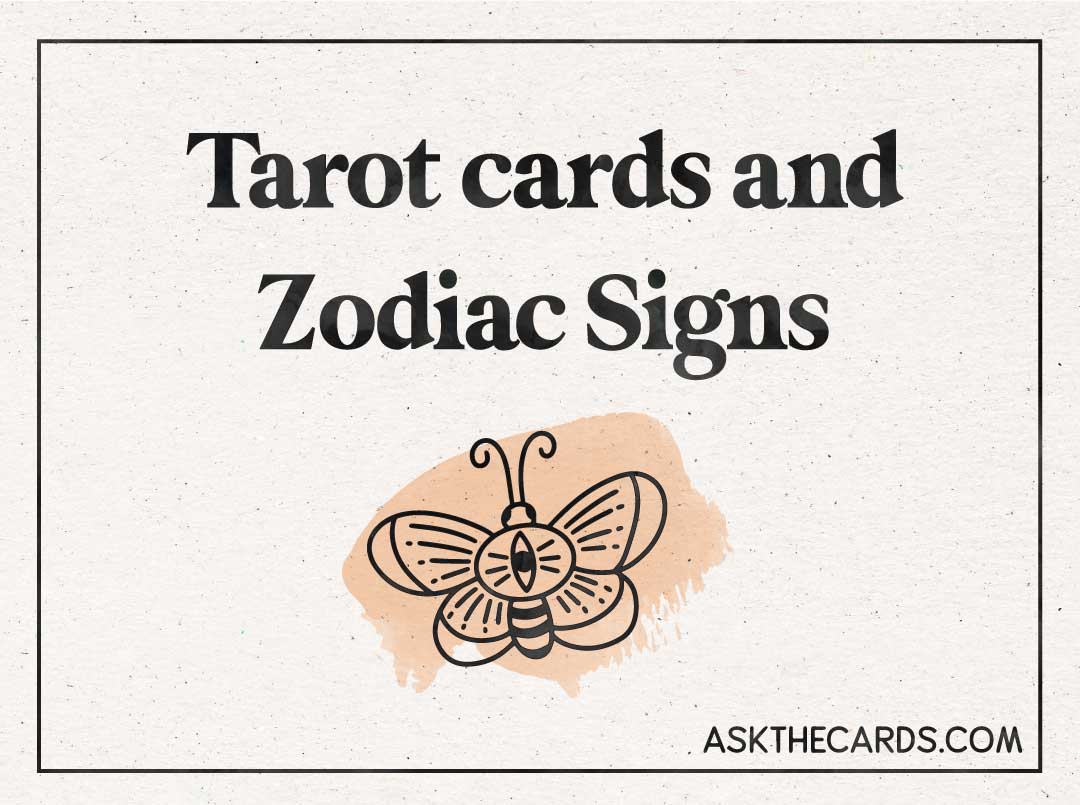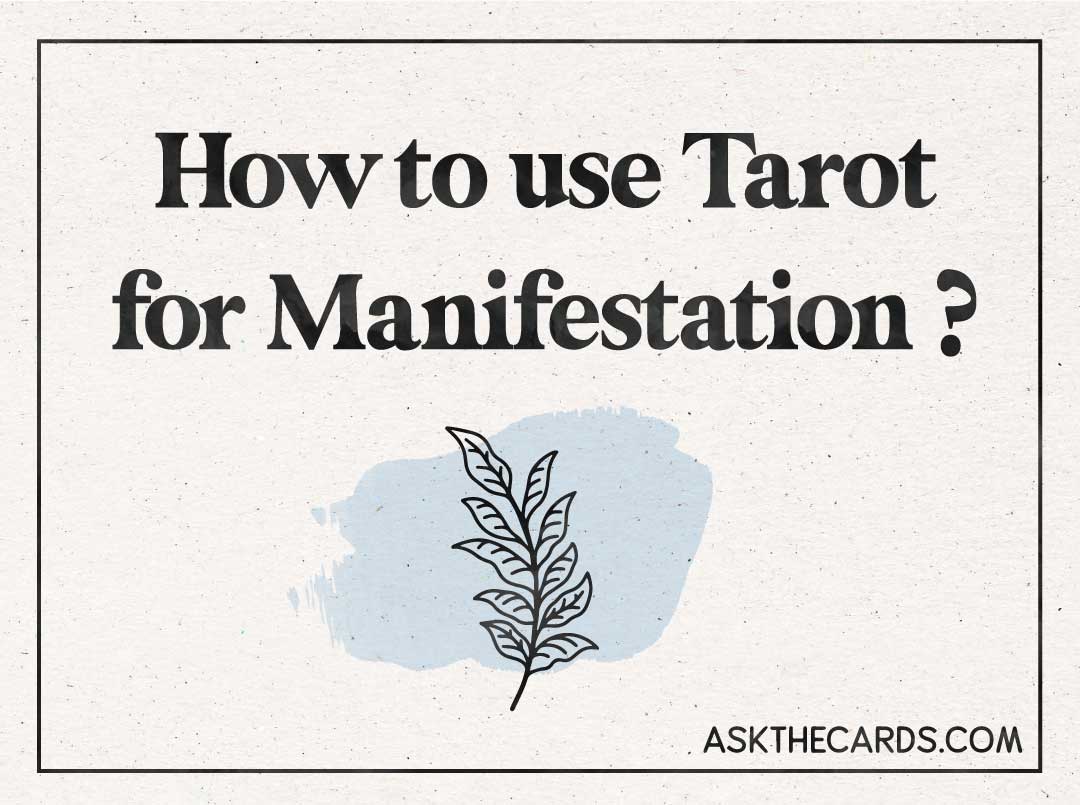
Have you ever wanted to delve deeper into the world of tarot and expand your understanding of its messages?
Tarot journaling is a fantastic way to strengthen your connection to your cards and develop a more personal interpretation of their meanings.
By keeping a journal to record your thoughts, feelings, and insights from each tarot reading, you are creating a valuable tool to help you grow as a tarot practitioner and enhance your overall spiritual journey.
Diving into tarot journaling can seem intimidating at first, but with a few simple steps and ideas, you’ll find it surprisingly easy to get started.
All you need is a blank journal or notebook and the willingness to explore your own thoughts and experiences with the cards.
Begin by noting down your thoughts on individual card meanings, recording your own tarot readings, and playing with mind maps that incorporate keyword associations.
As you progress, you can also experiment with different spreads and personalize your tarot journal to reflect your unique journey with the cards.

Remember, there’s no right or wrong way to keep a tarot journal, so embrace your creativity and let your intuition guide you.
The more you engage with your cards and capture your discoveries in your journal, the stronger your connection will become. With perseverance and an open heart, your tarot journal will soon become a treasured companion on your spiritual journey.
Why Tarot Journaling
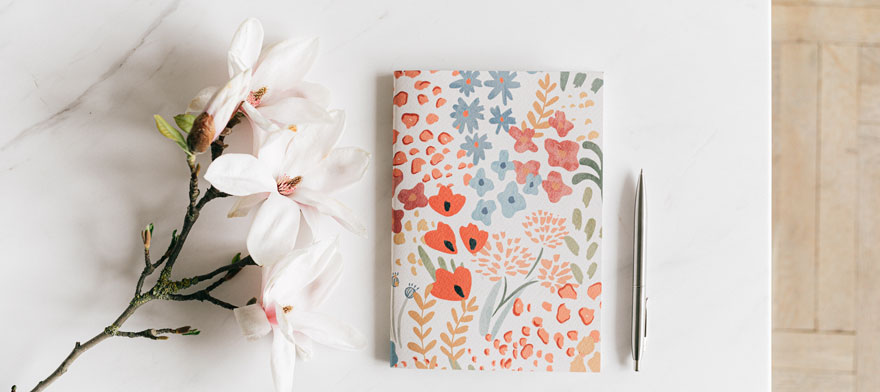
Benefits of Tarot Journaling
Tarot journaling offers numerous benefits to help you enhance your tarot reading skills.
Keeping a record of your readings, thoughts, and interpretations allows you to track your progress and identify patterns in your readings. This consistent practice can improve your Tarot card readings and help you develop a deeper understanding of the cards’ meanings.
Improving Reading Skills
By journaling your tarot readings, you’re providing yourself with valuable opportunities to reflect on your interpretations of the cards.
As you note down your thoughts, you’ll begin to recognize recurring themes, symbols, and connections between the cards. This consistent practice can help you become more confident and accurate in interpreting your readings, making it an essential part of honing your tarot journey.
Personal Connection
Developing a tarot journal allows you to cultivate a personal connection with your tarot deck.
As you write about each card and its meaning, you’ll start to form your own unique understanding of the cards, which can be more powerful than relying solely on a guidebook or reference materials. This personal connection can lead to deeper, more insightful readings and fosters a sense of trust in your intuition.

Creativity and Intuition
Incorporating creativity into your tarot journal enables you to explore the cards’ meanings in a more imaginative and intuitive way.
Consider using mind maps ( one keyword at the center of your page which is linked to several ideas, words) or drawing images that resonate with you when interpreting a card. The creative process of journaling also encourages you to trust your intuition and develop your own interpretations, rather than strictly adhering to traditional meanings.
This can strengthen your intuitive instincts and lead to more accurate readings.
Remember, when it comes to tarot journaling, consistency is key.
Dedicate time each day to write about your cards, readings, and interpretations. By doing so, you’ll develop a deeper understanding of your tarot deck, enhance your reading skills, and nurture your intuition.
Getting Started with Tarot Journaling

Choosing a Notebook
When beginning your tarot journaling journey, your first step is to select a notebook that suits your preferences. Choose a size that’s comfortable for you and consider whether you prefer lined or blank pages. You may want to opt for a specially designed Tarot Journal such as this one ( on Amazon) or a simple blank notebook. Remember, this notebook will be your personal space for recording your thoughts, interpretations, and experiences with tarot cards.
Getting a Tarot Deck
Next, you’ll need a tarot deck that resonates with you. There are numerous decks available, each with unique artwork and interpretations. I usually buy mine on Amazon such as this one here. Spend some time researching various decks, and choose one that appeals to you both visually and intuitively.

Journal Format and Themes
When it comes to formatting your tarot journal and choosing themes, let your creativity flow. Incorporate different tarot-related elements, such as:
- Tarot Spreads: Record and explore various tarot spreads in your journal. This will help you understand how different cards interact and provide insights into different questions or situations.
- Card of the Day: Enhance your connection with your tarot deck by choosing a card of the day. Write down its name and associated keywords, and reflect on how its meaning relates to your day.
- Card Interpretations: Dive deeper into your understanding of each card by writing down your personal interpretations and reflections.
- Reading Summaries: After conducting a tarot reading, document the cards drawn and your insights. This will allow you to track your progress and observe patterns over time.
Remember, there are no strict rules when it comes to your tarot journal. The format and themes should work for you and your unique journey.
Experiment with various elements and styles until you find the combination that aligns with your personal tarot practice.
Tarot Journaling Techniques
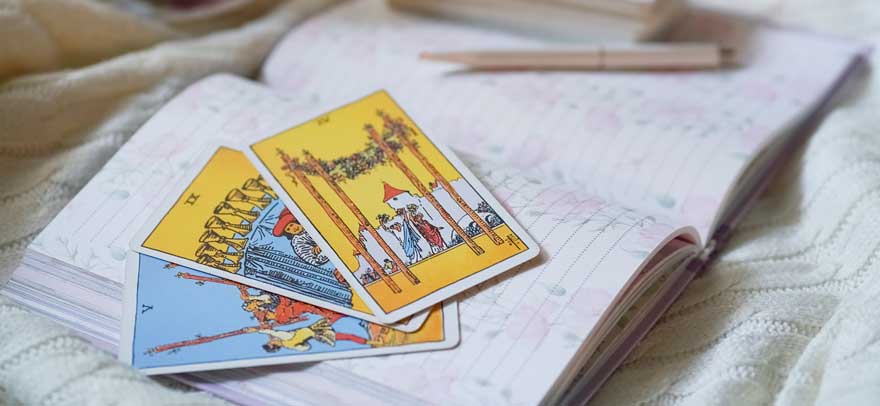
Card a Day Journaling
One effective tarot journaling technique is the Card a Day method. In this approach, you’ll draw a single tarot card each day and record your thoughts and feelings about it in your journal. Consider the card’s symbolism and any personal connections that come to mind as you contemplate the imagery.
This daily practice can help you become more familiar with the tarot deck while also providing insights into your own life.
Meditative Journaling
Meditative journaling is another great way to deepen your tarot practice. Begin by choosing a card and focusing on the visuals, allowing yourself to meditate and connect with the card’s energy. Then, write down any thoughts, impressions, or insights you received during your meditation session. This approach allows you to gain a deeper understanding of each card and its significance in your life.
Pick a Card Journaling
In Pick a Card Journaling, you can shuffle the deck and randomly select a card to reflect on. Look online for the card’s keywords, and use them as a starting point for your journal entry. Think about how these keywords relate to your own life and experiences.
This technique can help you build a personal connection with the tarot deck while also fostering intuition and inner guidance.

Reflective Journaling
Reflective journaling involves reviewing past tarot readings and your growth over time.
In this approach, you’ll record your readings and interpretations, noticing any patterns or recurring themes that emerge. This type of journaling helps you to identify areas of your life that may require additional attention, as well as recognize how your understanding of the cards has evolved. Keeping a record of your favorite tarot spreads and learning to create your own can also be integrated into your reflective journaling practice.
Remember to use a friendly tone and explore these techniques in a manner that feels natural and comfortable for you. Enjoy your tarot journaling journey as you deepen your connection with the cards and yourself.
Organizing Your Tarot Journal
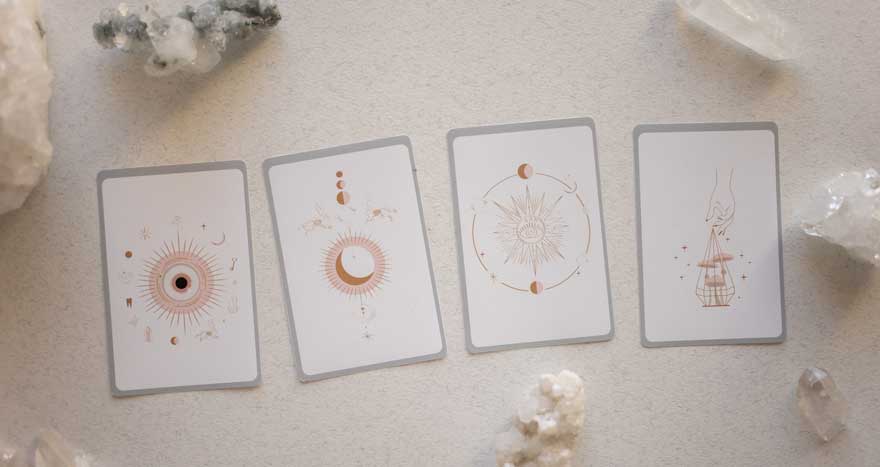
Tracking Spreads and Readings
To keep your tarot journal organized, it’s essential to track your spreads and readings consistently. This is where you’ll record the date, question or intention, and layout of each tarot spread you perform.
Note each card drawn and its position in the spread, as well as any patterns or visual elements that stand out to you. To make it easier for future reference, consider creating a table with columns for:
- Date
- Question or intention
- Spread layout
- Cards drawn
- Notes
Interpretations and Keywords
Organizing your interpretations and keywords will help you deepen your understanding of tarot and make it easier to spot patterns and connections.
For each card, consider creating a mind map or a bulleted list to include:
- The card’s name
- Traditional meanings and keywords
- Alternative interpretations
- Personal associations or symbolism
- Links to other cards, if applicable
Be sure to revisit these sections regularly to update your knowledge, as you may notice new meanings or relationships over time.
Personal Experiences and Growth
Lastly, documenting your personal experiences and growth is a crucial aspect of tarot journaling. In this section, reflect on how your readings apply to your life, and track any changes that result.
To make it reader-friendly, consider using bullet points with headings such as:
- Goals: Identify your spiritual or personal development goals related to tarot. What do you hope to achieve through journaling?
- Progress: Record milestones, achievements, and breakthroughs in your tarot journey, as well as any challenges or setbacks you’ve faced.
- Skills: Note any new tarot skills you’ve acquired and areas where you’d like to improve. Evaluate how your interpretations and intuition have evolved over time.
By organizing your tarot journal in this way, you can create a valuable resource for enhancing your tarot practice, deepening your understanding of the cards, and tracking your personal growth and transformation.
Exploring Deeper Aspects of Tarot
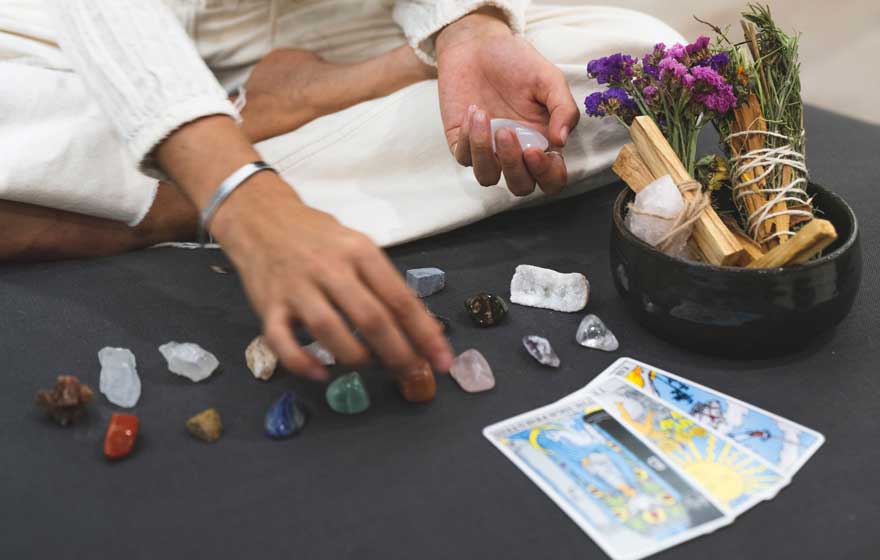
Major Arcana Journaling
The Major Arcana cards represent significant life events, lessons, and archetypes.
To deepen your understanding of these cards, take time to journal about each of the 22 major arcana cards. Write about how each card resonates with you, and reflect on any personal experiences you can relate to. You may also jot down any impressions or intuitive feelings you get while contemplating the cards.
Minor Arcana and Suit Journaling
The Minor Arcana is split into four suits: Cups, Pentacles, Swords, and Wands.
Each suit possesses a unique theme and energy. To deepen your tarot journey, focus on journaling about the four suits and their associated elements. For example:
- Cups: Representing emotions, relationships, and intuition
- Pentacles: Representing material wealth, finance, and career
- Swords: Representing thoughts, intellect, and communication.
- Wands: Representing creativity, motivation, and passion
Explore how each suit’s energy influences the cards within it and how those themes come into play in your tarot readings.
Court Card Journaling
Court cards can be tricky to interpret because they represent people, aspects of oneself, or specific situations.
Take time to journal about each of the 16 court cards – Page, Knight, Queen, and King – in each suit. Consider their personalities, roles, and attributes. Additionally, reflect on people in your life who may embody the traits of these court cards. This exercise will help you build a deeper connection with the court cards and aid in more accurate readings.
Tarot Symbolism Study
Symbols play a vital role in tarot, as they carry rich meanings and help convey messages in each card.
To further enhance your tarot knowledge, explore the symbolism present in your cards. Make a list of the symbols from each card and investigate their meanings. You can do this by researching traditional meanings, looking for patterns in your own personal experience, or even meditating on the symbols to gain intuitive insights. There is also a great book which epxlains in details the symbols of the riderwaite smith deck, that is very popular. It is this one here on amazon.
Remember, tarot journaling is an ongoing process – the more you learn and explore, the more you’ll grow as a tarot reader. Embrace each aspect of the tarot and use your journal to track your journey, making it a valuable tool for personal growth and development.
Online Resources and Community

In this section, we’ll explore various online resources and communities that can support your tarot journaling journey.
Tarot Blogs to Follow
There are numerous tarot blogs available that can provide inspiration, guidance, and practical tips for your tarot journaling practice. Here are a few noteworthy ones:
- Individualogist provides a beginner’s guide to keeping a tarot journal.
- Creative Soul Tarot emphasizes the importance of tarot journaling for self-development and provides guidance on how to maintain a daily draw practice.
Social Media and Tarot Circles
Social media is a valuable resource for tarot journalers.
You can find numerous tarot communities, both in-person and online, to connect with like-minded individuals and share ideas:
- Facebook groups: Search for “tarot journaling” or “tarot community” to find relevant groups.
- Instagram: Follow hashtags like #tarotjournaling and #tarotcommunity to discover tarot journalers who share their insights.
- Meetup.com: Browse the website for tarot-related events and meetups in your area to join tarot circles and learn from others.
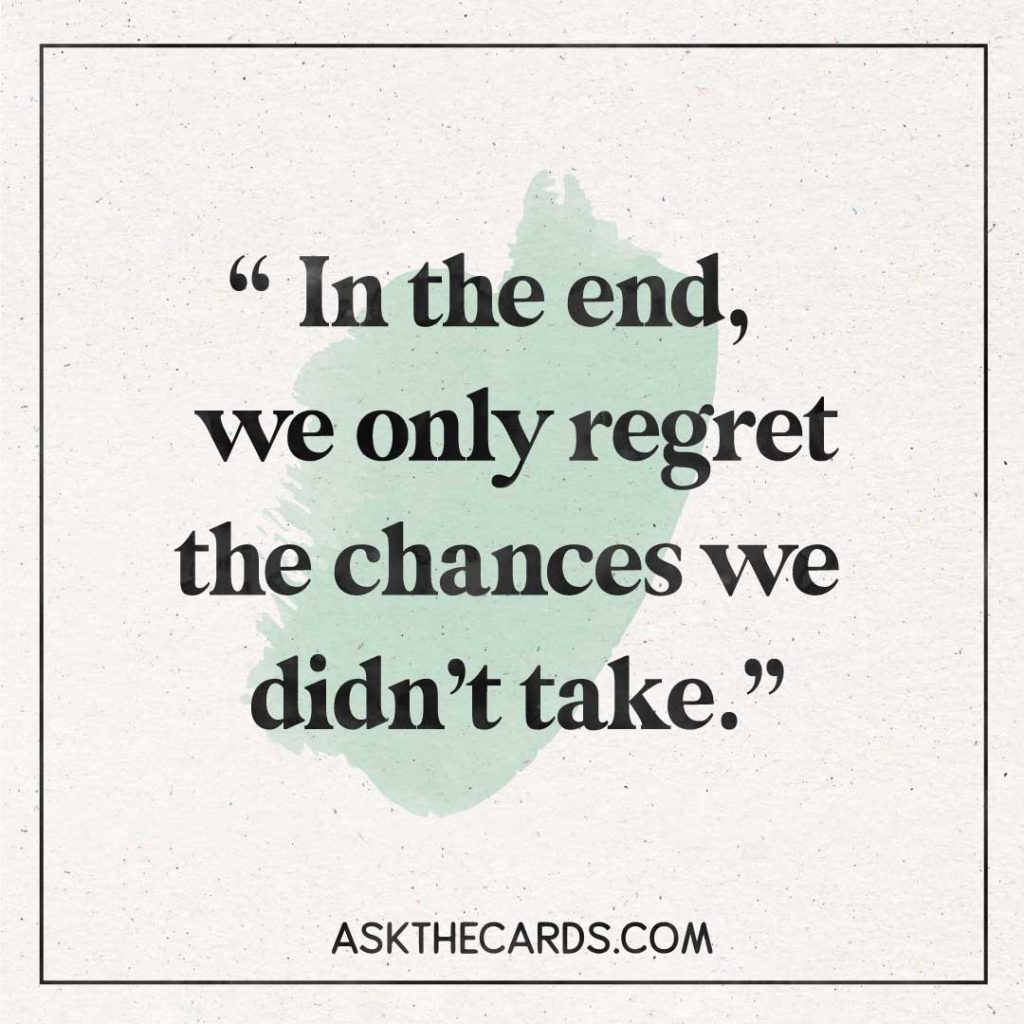
Tarot Books and Workbooks
In addition to online resources, there are various tarot-related books and workbooks that can assist you in developing your tarot journaling practice. Some popular options include ( links to amazon to let you learn more about ):
- “Tarot for Your Self: A Workbook for Personal Transformation“ by Mary K. Greer: This comprehensive workbook offers exercises, journal prompts, and interpretations for each tarot card.
- “Seventy-Eight Degrees of Wisdom: A Tarot Journey to Self-Awareness“ by Rachel Pollack: This in-depth guide to tarot meanings and symbolism can help deepen your understanding and enhance your journaling experience.
- “The Tarot Coloring Book“ by Theresa Reed: A unique and engaging way to learn tarot meanings while also expressing yourself creatively.
As you explore these resources, remember that tarot journaling is a personal and intuitive practice. Feel free to experiment and adapt ideas to best suit your own tarot journey.
Frequently Asked Questions
Can I Do Tarot Journaling Online?
Absolutely! In today’s digital age, you have various online platforms and apps where you can keep your tarot journal.
Many people prefer using online journals as they can sync their data across devices and access it anytime, anywhere.
Online platforms often offer more convenient tools like keyword search and auto-save features. Whether you’re using a computer, tablet, or smartphone, you can easily start your tarot journaling journey online.
Is Tarot Journaling Suitable for Beginners?
Yes, tarot journaling is perfect for beginners. In fact, it’s a wonderful method to learn and familiarize yourself with tarot cards and their meanings.
By keeping a tarot journal, you’ll be able to track your progress, daily card interpretations, and insights while deepening your connection to the cards. Journaling will help you understand how tarot relates to your personal experiences, emotions, and thoughts. It makes a great practice for novices and experienced tarot enthusiasts alike.
What If I Don’t Understand a Card’s Imagery?
Don’t worry if you initially struggle to understand a card’s imagery. Tarot cards are filled with rich symbols, scenes, and characters. And interpreting their meanings can be both rewarding and challenging. Here are a few tips to help you decipher a card’s imagery:
- Take your time: Allow yourself to fully observe and take in the various elements of the card. Think of it as if you’re reading a visual story, noticing every character, object, and scene in the card.
- Research the symbols: If you come across symbols or images that you’re unfamiliar with, do some research online to discover their meanings and interpretations.
- Trust your intuition: Tarot is about connecting with your inner energy and intuition. Let your instincts guide you. Note down your gut feelings about the card in your journal, even if they deviate from traditional interpretations.
Remember, tarot journaling is a personal and unique journey. And there’s no right or wrong way to interpret the cards. Embrace the learning process. And as you become more familiar with the imagery and symbolism, you’ll strengthen your connection to the cards and enhance your tarot practice.
